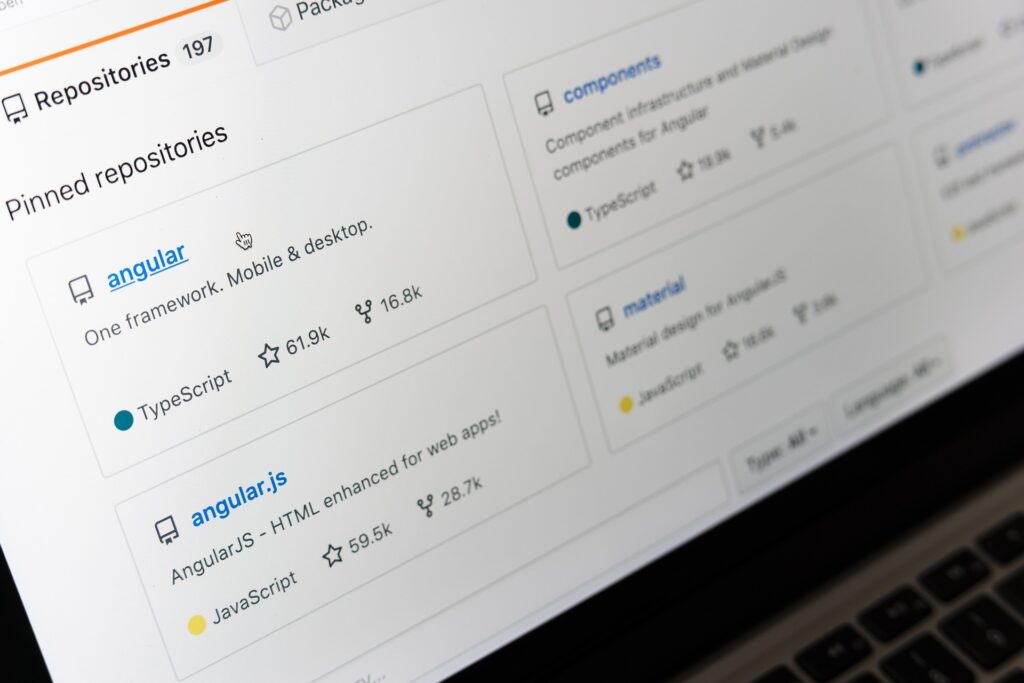Node.js offers a great way to manage concurrent processes with the Actor package. This package provides a simple interface for creating and managing actors, as well as a few other helpful functions. In this guide, we’ll take a look at what the Actor package has to offer and how you can use it in your own projects.
Creating an actor is straightforward. The first thing you need to do is install theActor package from npm: npm install actor –save . Once the Actor package has been installed, you can create a new actor by simply requiring it: var Actor = require(‘actor’); . The next step is to define your actor’s behavior. This is done by passing a function to the Actor constructor. The function you pass will be executed every time the actor receives a message: var myActor = new Actor(function(message) { console.log(‘Received message: ‘ + message); });
Elements of an actor package
In order to manage concurrent processes, the Actor package uses a few different elements. These include the “Actors” which is the basic unit of execution in the Actor model. An actor is an asynchronous, single-threaded process with its own mailbox and behavior. Actors can communicate with each other by sending messages. Other element is the “Mailboxes” that is a queue of messages that an actor processes. When an actor receives a message, it is added to the actor’s mailbox. The actor will process the messages in its mailbox in the order they were received. Then the other element is the “Behaviors” which is a function that defines how an actor should respond to a message. The behavior function is executed every time the actor receives a message. Lastly, the “Messages” which is an arbitrary piece of data that is sent to an actor. Messages can be any JavaScript data type, including objects and arrays.
The Actor package also comes with a few helper functions that make it easier to work with actors. These includes, actorOf(id, behavior) that creates a new actor with the given id and behavior. Next is the send(actor, message) which sends a message to the given actor. The receive(behavior) function sets the current actor’s behavior. This is useful for when you want to change an actor’s behavior in response to a message. Finally, theactorLink(actor) creates a link to the given actor. This allows you to send messages to the actor without having a reference to it.
Final tips on putting together your perfect actor package
Now that we’ve gone over the basics of the Actor package, here are a few final tips to help you put together your perfect actor package. When creating your actor’s behavior, keep in mind that the function you pass to the Actor constructor will be executed every time the actor receives a message. This means that you should only put code in the function that you want to be executed every time a message is received. If you have code that you only want to be executed once, or code that should only be executed when certain conditions are met, you should put that code outside of the function. Also, keep in mind that the Actor package is single-threaded. This means that only one actor can be executed at a time. If you need to run multiple actors concurrently, you’ll need to use a separate process manager likeNode.js’s built-in cluster module.
Finally, if you’re having trouble getting started with the Actor package, there are a few great tutorials available online. The Actor package website has a few good examples, as well as a few other resources that can help you get started.


More Stories
Potential Malicious Threats on Github
Github CItation according to APA
GitHub faces DDoS attack from Chinese botnets